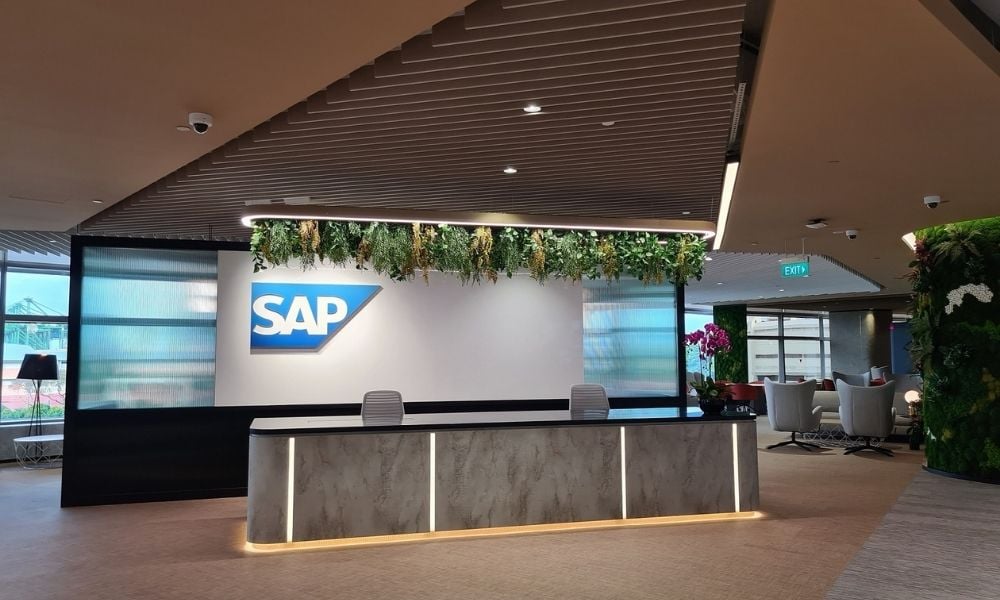
Offices must add value to remote worker experience to remain relevant, says SAP's VP of HR

SAP has launched its first hybrid office in Southeast Asia. The new office was redesigned to fit the technology firm’s permanent hybrid work policy and aims to offer employees “added value” to the remote worker experience, such as spaces catered for team collaboration and social interaction. Olga Zgurskaya, vice president of HR at SAP Southeast Asia, told HRD that a hybrid office was always in the books for the company and the pandemic simply accelerated their plans.
“The work from home experience has highlighted the need to transform the office into an environment that best suits the tasks employees have at hand for the day, rather than a secured place to occupy as their designated desks,” Zgurskaya told HRD. “What is the added value we may get in the office today? Foster collaboration, enrich networking, and assure focus time when the home situation does not allow it – these are the experiences that can hardly be replicated off-site.”
Read more: Unilever Singapore redesigns office for hybrid working
With the help of independent consultant Change Worq, SAP reassessed its office footprint and redesigned it for a hybrid workforce. Based on a utilisation study, SAP found that 88% of employees spent less than half of their working day at their desks.
Furthermore, the new SEA office aligns with SAP’s global ‘Pledge to Flex’ initiative in June 2021 to empower employees to decide where and when they worked. The initiative pledges to provide staff a work setup that fits with the needs of every role, working style and location preference. Additionally, it promises employees a 100% flexible and trust-based workplace. Leaders will also continue to enable flexible schedules that allows employees to decide the best way to align their work with business needs.
Read more: Forming a hybrid workforce: How to go beyond the fundamentals
“Coming into the workplace is no longer about the physical amenities, it is about the employee experience,” said Verena Siow, president and managing director at Southeast Asia at SAP. At SAP, they’ve particularly focused on three ‘E’s to manage a positive employee experience – namely employee engagement, environment, and education. “Engagement means offering the best career experience to our employees through our diversity and inclusion initiatives where everyone has an equal opportunity to succeed,” added Siow. Those initiatives have shown results in the region’s workforce, including having 46% of women in management positions.
SAP’s focus on engagement in the office redesign is also reflective of their longstanding commitment to the employee experience, which has won numerous awards in Southeast Asia including the recent Tripartite Alliance Award 2021 for Fair and Progressive Employment Practices in Singapore.
The physical hybrid office will thus align with their ongoing efforts to promote things like better mental health in the office. Besides flexible spaces without fixed seating and a quiet room for confidential discussions, the office has a lounge area for teams to get together and wellness rooms for relaxation purposes.
“Hybrid offices provide spaces for intentional teamwork and trust building amongst employees,” said Zgurskaya. “Clients who visit our office can also experience the full SAP work culture as they [visit] the SAP experience centre.”